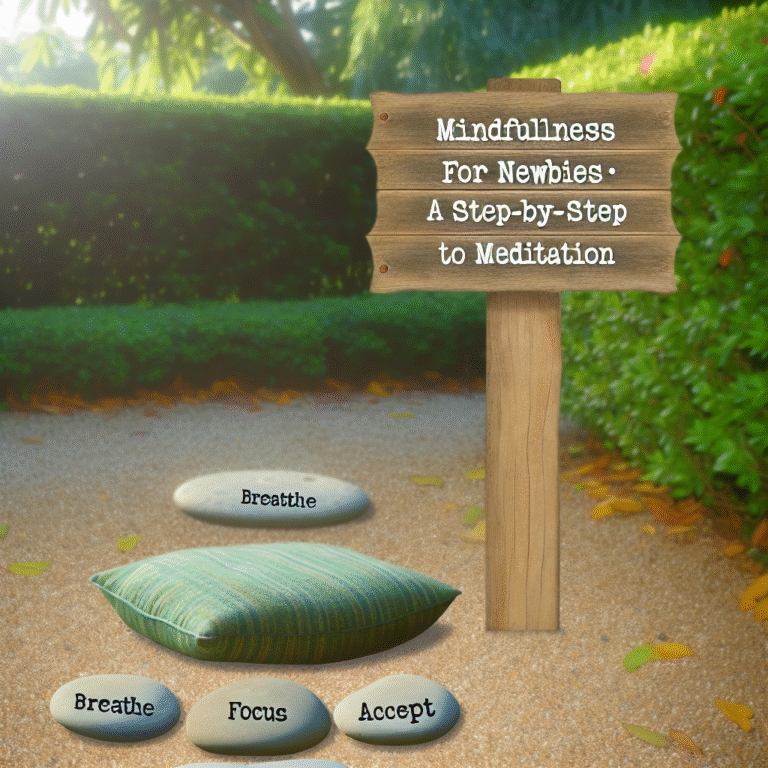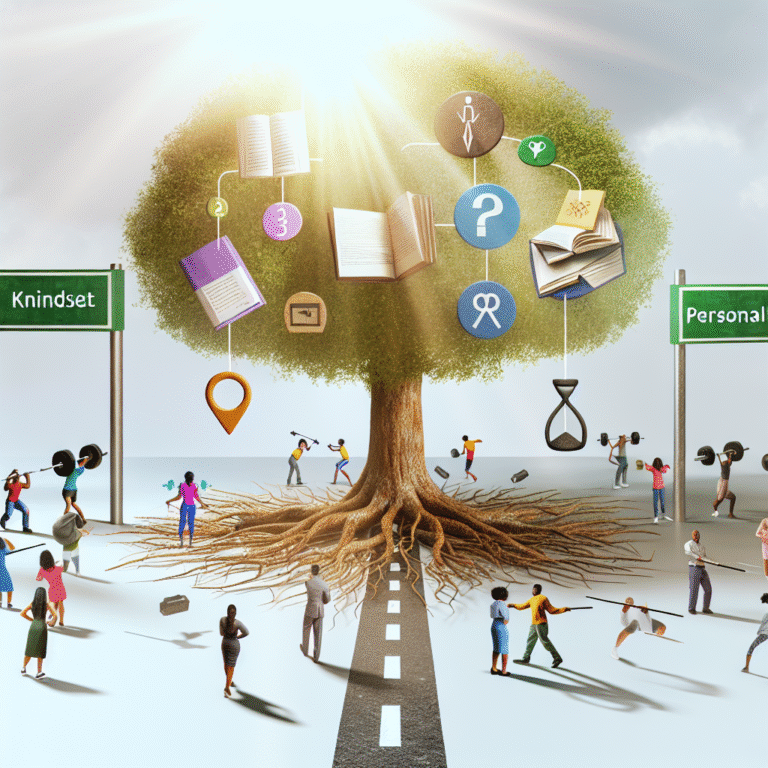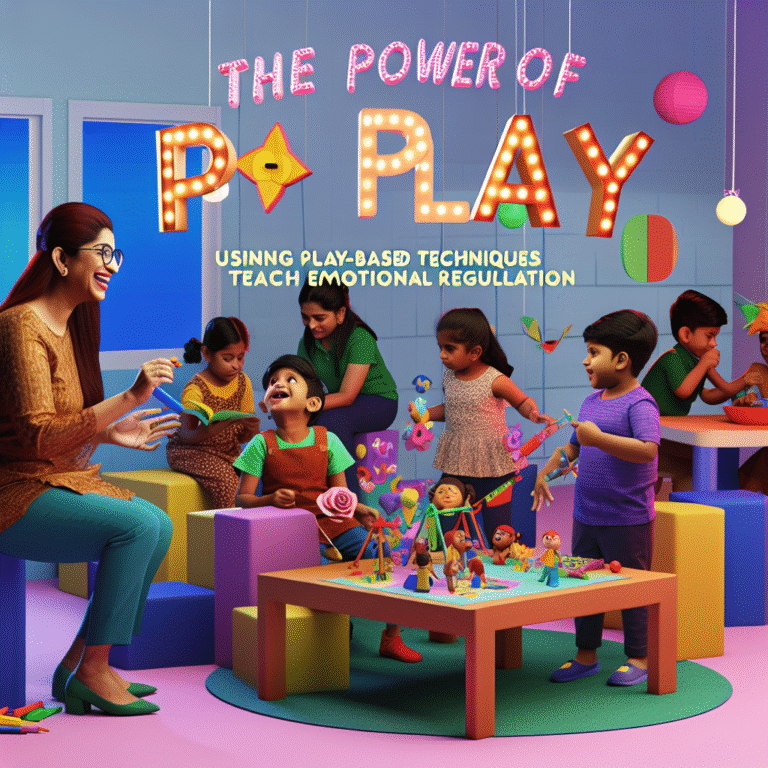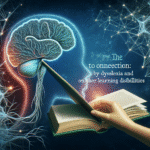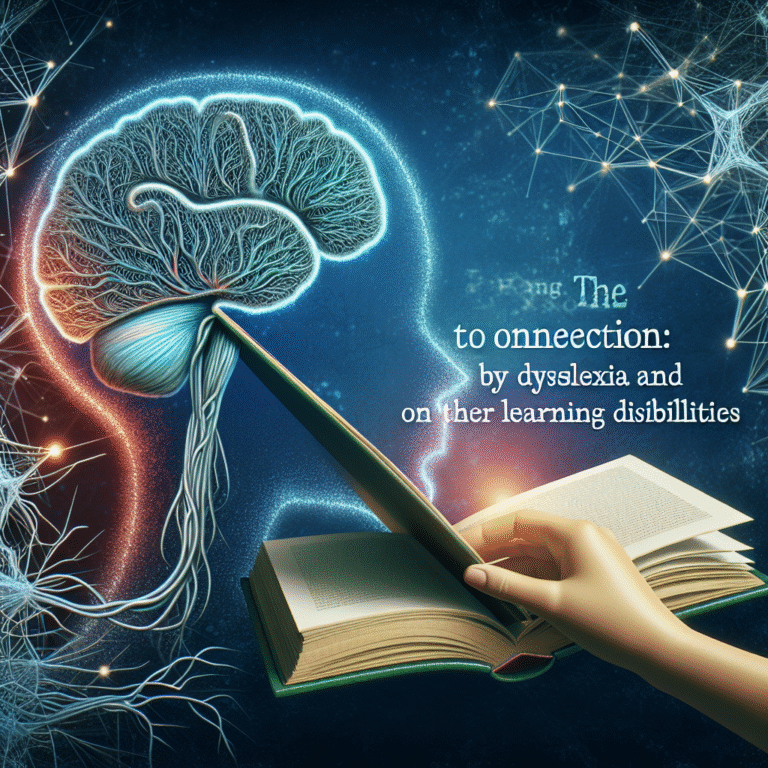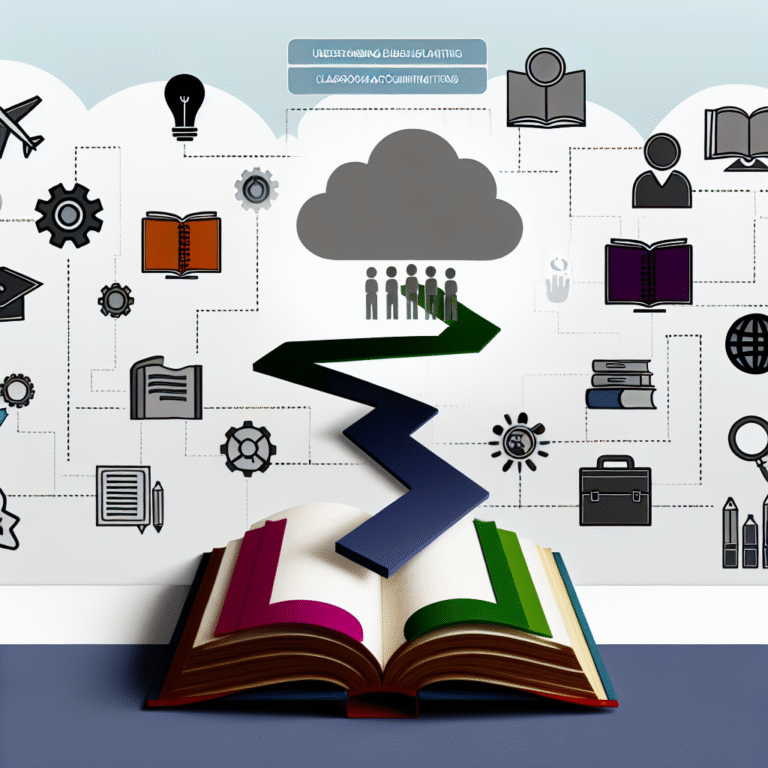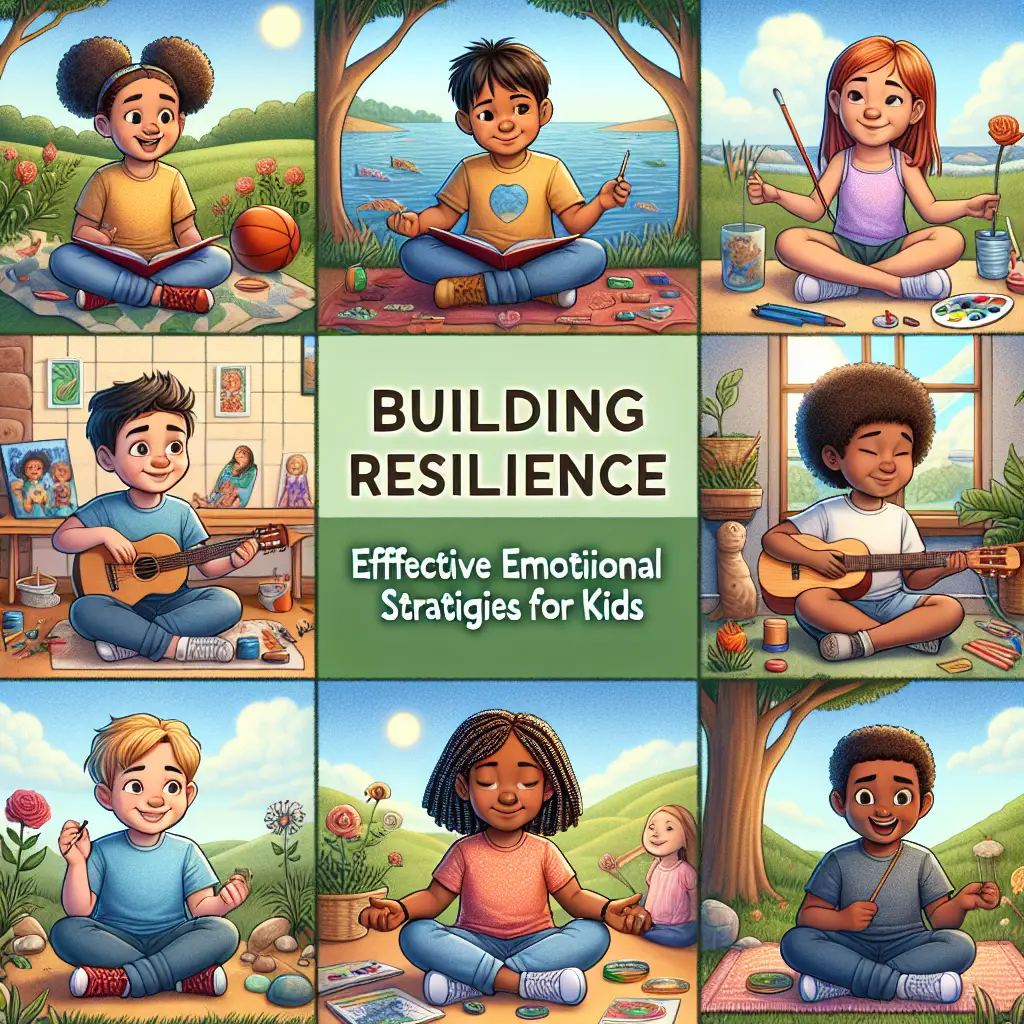
Building Resilience: Essential Emotional Regulation Strategies for Kids
Introduction
In an increasingly complex world, children face a multitude of challenges that can test their emotional strength. From academic pressures to social interactions and beyond, the ability to regulate emotions effectively is crucial for their overall well-being. Building resilience: effective emotional regulation strategies for kids is not just a trendy phrase; it holds the key to helping our young ones navigate life’s ups and downs with a sense of confidence and stability. With emotional resilience, children can better manage stress, overcome obstacles, and thrive in their daily lives.
The importance of emotional regulation cannot be overstated. Studies show that children who develop strong emotional skills tend to perform better academically, establish healthier relationships, and cultivate a more positive outlook on life. In this article, we will explore a range of effective strategies to foster emotional regulation in kids, illustrated by real-world case studies and actionable insights. Our goal is to equip parents, teachers, and caregivers with the tools necessary to support children in building resilience and emotional health.
The Science of Emotional Regulation
Emotional regulation refers to the processes by which individuals influence the emotions they experience, how they experience those emotions, and how they express them. At its core, emotional regulation involves recognizing emotions, understanding their impact, and learning how to respond appropriately. Studies in developmental psychology reveal that children who learn to manage their emotions develop stronger social skills, adapt better in academic settings, and cope more effectively with stressors.
The Role of Resilience
Resilience is the ability to bounce back from adversity. For children, it often means coping with disappointments and challenges in a way that fosters growth rather than despair. Encouraging resilience in children hinges on instilling effective emotional regulation strategies. These strategies empower kids to take control of their emotions and navigate an unpredictable world with confidence.
Effective Emotional Regulation Strategies
1. Identifying Emotions
One of the first steps in building resilience: effective emotional regulation strategies for kids is teaching children to identify their emotions. This foundational skill helps them understand what they are feeling and why.
Case Study: Emotion Identification in Action
In a third-grade classroom, a teacher implemented an "emotion wheel" activity. Students were asked to spin the wheel and share an emotion they felt recently, explaining the situation that triggered it. This activity not only enhanced the children’s emotional vocabulary but also fostered a supportive environment where they could discuss feelings openly.
Analysis: By normalizing emotional conversations, children learn to articulate their feelings, reducing the likelihood of emotional outbursts.
2. Mindfulness Practices
Mindfulness involves being present in the moment without judgment. Teaching kids mindfulness can significantly improve their emotional regulation.
Case Study: A Mindfulness Program in Schools
A local school district incorporated mindfulness training into its curriculum. Students learned techniques such as deep breathing, progressive muscle relaxation, and guided imagery. A year later, teachers reported fewer behavioral issues and greater classroom engagement.
Analysis: Mindfulness practices create a buffer against emotional dysregulation, allowing kids to pause and process their feelings before reacting.
| Mindfulness Techniques | Benefits |
|---|---|
| Deep Breathing | Reduces anxiety and promotes calm |
| Progressive Muscle Relaxation | Alleviates physical tension |
| Guided Imagery | Enhances focus and self-awareness |
3. The Power of Storytelling
Storytelling can be an incredibly powerful tool for helping children navigate emotions. Through stories, kids can explore various emotional scenarios and see outcomes they can learn from.
Case Study: Using Storytelling as a Teaching Tool
A therapist used storytelling with children experiencing anxiety. By sharing a story about a character who confronted their fears, the children were able to relate and discuss their own fears in a supportive environment. This method not only fostered emotional connection but also provided coping strategies.
Analysis: Storytelling allows children to reflect on their emotions and gain insights without feeling directly threatened by their experiences.
4. Emotion Regulation Techniques
Teaching specific techniques for regulating emotions can empower children to handle their feelings more effectively. These can include:
- Deep breathing: A simple way to create calm.
- Behavioral journaling: Writing down feelings and responses to identify patterns.
- Visual aids: Using charts or drawings to express emotions.
Case Study: The Power of Journaling
In one school, a journaling program was introduced for middle school students. They wrote about their day-to-day emotions, leading to increased self-awareness and improved peer relationships.
Analysis: Journaling encourages reflection, helping children process their emotions and develop greater emotional intelligence.
5. Building a Supportive Environment
Creating a safe and supportive environment at home and in schools is critical for children to practice their emotional regulation skills.
Case Study: The Importance of Family Involvement
A family-focused program encouraged parents to engage in emotional learning at home. Parents were provided with tools to talk with their children about feelings, which led to better family communication and increased emotional support for the children.
Analysis: Family involvement solidifies the lessons in emotional regulation, providing a consistent model for children to observe and emulate.
Additional Strategies for Building Resilience
6. Positive Reinforcement of Emotional Skills
Recognizing and rewarding children when they successfully manage their emotions can be incredibly motivating.
7. Encouraging Problem-Solving
Teaching children to see challenges as opportunities to solve problems boosts their resilience. When children are empowered to come up with solutions, they develop a sense of agency.
8. Teaching Distraction Techniques
Helping children learn healthy distraction techniques can be a useful strategy to manage overwhelming emotions. This might include activities like reading, drawing, or playing music.
Conclusion
Building resilience through effective emotional regulation strategies is more important now than ever. As children learn to navigate their emotions, they empower themselves not just to react, but to choose their responses, fostering growth and strength in a rapidly changing world. By teaching kids to identify emotions, practice mindfulness, tell stories, use specific regulation techniques, and create supportive environments, we can inspire a generation that is not only emotionally intelligent but also equipped to face the challenges of life with confidence.
Now is the time to take action. Whether you’re a parent, educator, or caregiver, integrating these strategies into your interactions with children can have a transformative impact on their emotional health. Remember: the journey to emotional regulation and resilience begins with the first step of understanding and support.
FAQs
1. What role do parents play in developing emotional regulation in children?
Parents are crucial in modeling emotional responses and providing supportive environments. They can teach children to identify and articulate their feelings, using emotional regulation strategies at home.
2. At what age should kids start learning emotional regulation?
It’s beneficial for children to start learning emotional regulation skills as early as preschool age. Skills can be gradually introduced and are relevant at all developmental stages.
3. How can schools integrate emotional regulation into their curriculum?
Schools can incorporate social-emotional learning (SEL) programs, mindfulness practices, and storytelling approaches. Regular workshops for teachers and staff around emotional regulation can also help create a supportive school culture.
4. What if a child struggles significantly with emotional regulation?
If a child consistently struggles, it might be helpful to seek support from a mental health professional who can provide tailored strategies and interventions.
5. Can emotional regulation skills affect academic performance?
Yes! Children with strong emotional regulation skills tend to perform better academically, as they can manage stress, concentrate better, and engage more positively in classroom settings.
In exploring Building Resilience: Effective Emotional Regulation Strategies for Kids, it’s clear that fostering emotional health is a vital investment in a child’s future. Now, more than ever, we must prioritize these skills for resilience, encouraging our children to thrive in every aspect of their lives.




